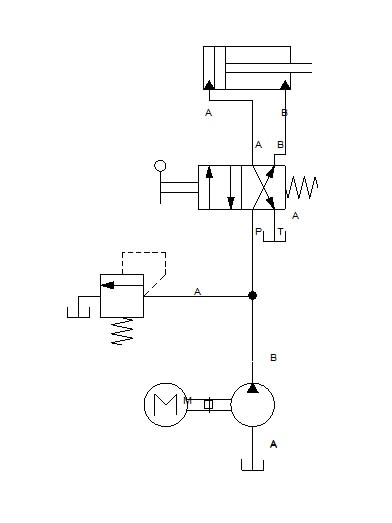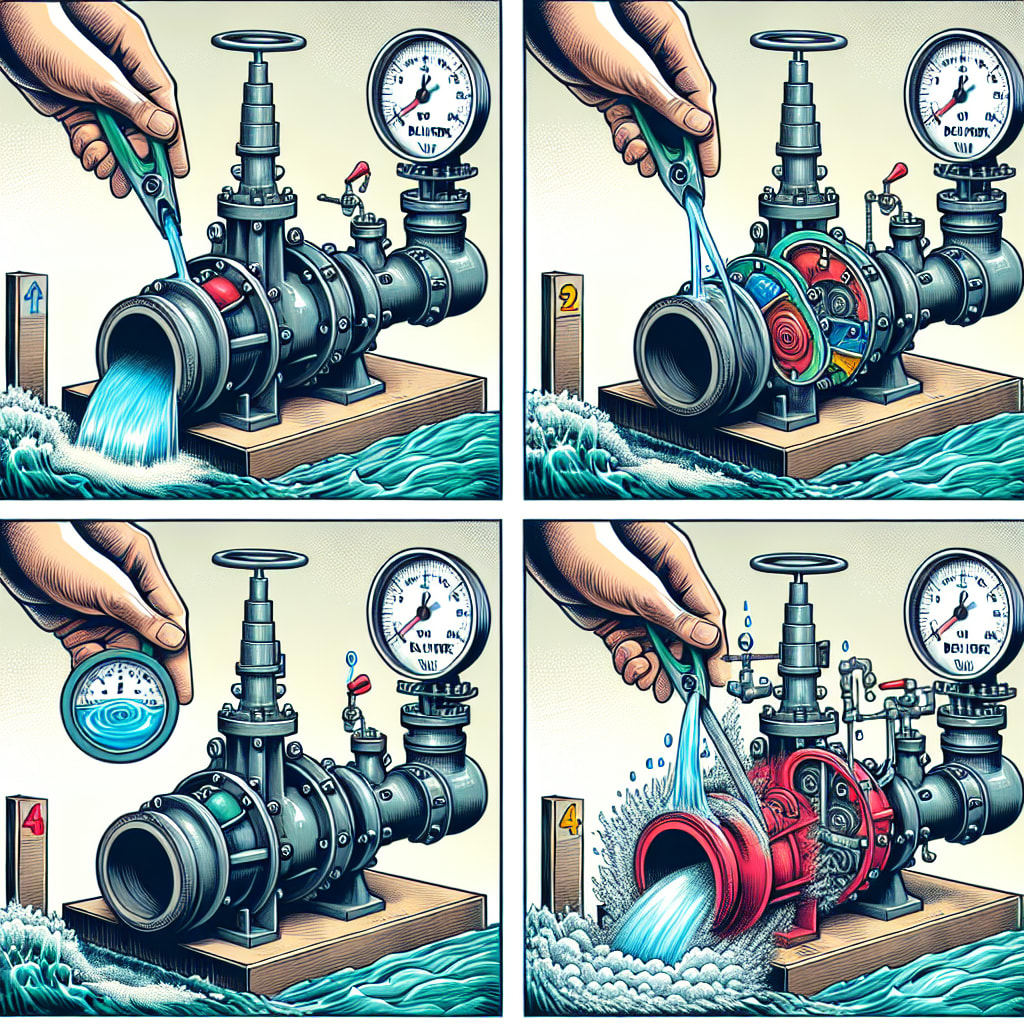WickedJester
Civil/Environmental
- Jul 12, 2015
- 22
First just want to give you all a little background about myself. I graduated with my CE degree in 2012 with a focus in environmental. Right out of school I started with a construction company and have been with them ever since. I am also in the military and an engineering assistant, so that entail filling the role as a CAD, GIS technician and as a surveyor.
At my current job I do almost no design work and would like to get my PE at some point so I have started searching for different positions.
One position I just interviewed for has me racking my brain as I feel it is something simple but would like some help figuring it out. In the interview I was asked about designing a foundation for electric distribution poles; for example soil, aggregate, and concrete based.
So I feel like I should start with refreshing my statics and then where should I go?
At my current job I do almost no design work and would like to get my PE at some point so I have started searching for different positions.
One position I just interviewed for has me racking my brain as I feel it is something simple but would like some help figuring it out. In the interview I was asked about designing a foundation for electric distribution poles; for example soil, aggregate, and concrete based.
So I feel like I should start with refreshing my statics and then where should I go?





![[idea] [idea] [idea]](/data/assets/smilies/idea.gif)
![[r2d2] [r2d2] [r2d2]](/data/assets/smilies/r2d2.gif)